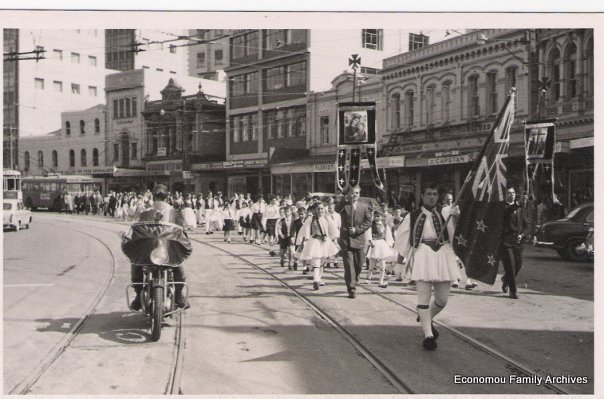The Adoration of the Shepherds, El Greco
The Onassis Foundation (USA) is currently hosting an exhibition
THE ORIGINS OF EL GRECO:
ICON PAINTING IN VENETIAN CRETE
through February 27, 2010
with early works by El Greco.
Don't miss this fascinating exhibition at
The Onassis Cultural Center, New York
Monday through Saturday 10:00 a.m. to 6:00 p.m.
Entrance on 51st or 52nd Street between 5th and Madison AvenuesFor more information, Click Here
El Greco was born Domenikos Theotokopoulos in 1541 in Crete, at that time part of the Republic of Venice, and the centre of Post-Byzantine art. He trained and became a master within that tradition before travelling at age 26 to Venice, as other Greek artists had done. In 1570 he moved to Rome, where he opened a workshop and executed a series of works. During his stay in Italy, El Greco enriched his style with elements of Mannerism and of the Venetian Renaissance. In 1577 he moved to Toledo, Spain, where he lived and worked until his death. In Toledo, El Greco received several major commissions and produced his best known paintings. To read more about El Greco, Click Here
A review of this unique exhibition by Mary Tomkins Lewis for the Wall Street Journal gives us valuable background to the artist, and the Crete of those years:
"The Origins of El Greco: Icon Painting in Venetian Crete," at the Onassis Cultural Center in New York, explores the roots of El Greco's fascinating and multifaceted art without diminishing his brilliant transformation from a highly successful icon painter in Candia (now Heraklion), the capital city of Crete, as he became an artist of late Renaissance Venice and Rome, and then the profoundly unorthodox Mannerist in Spain whom we know best. The island of Crete, a historic crossroads for maritime commerce and a matrix for cultural exchange, vividly shaped El Greco's peripatetic life and the striking originality reflected in all of his painting.
In 1211, just after the Fourth Crusade, Crete became a Venetian territory, and its vibrant pictorial tradition soon mirrored its new, multicultural society. With a diverse clientele that stretched from Venice to the Dalmatian coast and the Balkans, Cretan painters quickly acquired the stylistic dexterity their historical circumstances now demanded. They conflated Byzantine and late Gothic elements in icons they produced en masse, and signed them in Latin as befitting their international audience.
In the decades leading up to the fall of Constantinople to the Ottoman Turks in 1453, a period in which many of that beleaguered city's painters migrated to the more peaceful climate of Crete, the quality of the island's art increased significantly. The balanced compositions, classically proportioned figures and noble sentiments of these new, Palaiologan models, known as works alla greca, erased any lingering provincial traits, and often incorporated elements of early Italian Renaissance painting.
A superb example of this graceful hybrid genre is the late-15th-century panel of "Christ and the Woman of Samaria," cautiously attributed in the scholarly exhibition catalog to Nikolas Tzafouris (c. 1455-1500), a painter renowned for his mastery of several manners as well as his miniaturist technique. Its stylized, rocky bluffs are typical of Byzantine landscapes and hold an episodic, New Testament narrative that is found on the walls of many Greek monasteries, but these are framed with views of cities, grassy hills and brilliant blue skies borrowed from 14th-century Tuscany.
A superb example of this graceful hybrid genre is the late-15th-century panel of "Christ and the Woman of Samaria," cautiously attributed in the scholarly exhibition catalog to Nikolas Tzafouris (c. 1455-1500), a painter renowned for his mastery of several manners as well as his miniaturist technique. Its stylized, rocky bluffs are typical of Byzantine landscapes and hold an episodic, New Testament narrative that is found on the walls of many Greek monasteries, but these are framed with views of cities, grassy hills and brilliant blue skies borrowed from 14th-century Tuscany.
As Anastasia Drandaki, of the Benaki Museum in Athens, and the curator of this exhibition, says, El Greco arrived on the main stage of European painting through the gateways that had opened for him in Crete, and his art remained redolent of the island's resonant history and pictorial culture...
To read the full article by Ms Lewis, Teacher in Art History at Trinity College, Hartford, in the Wall Street Journal , Click Here
To view a slideshow from the WSJ of the Icons on display, Click here




No comments:
Post a Comment
We welcome feedback from our readers, but please keep your comments polite and respectful. Anonymous comments will be evaluated and published only if considered appropriate.